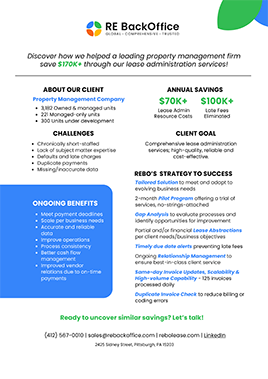
In the realm of commercial real estate lease agreements, one often overlooked but crucial aspect is the provision regarding sidewalk rights. This provision delineates the extent to which a tenant can utilize the sidewalk adjacent to their leased premises for various purposes, such as installing amenities like ATMs, Redboxes, or pay telephones.
Understanding this clause is essential for both landlords and tenants to ensure clarity and smooth operation of their business activities.
Definition and Scope
Sidewalk rights refer to the permissions granted to a tenant to utilize the sidewalk space adjacent to their leased premises for specific purposes outlined in the lease agreement. These purposes typically include installing amenities or fixtures that enhance the tenant's business operations and provide additional services or conveniences to customers.
Types of Installations
The most common installations covered under sidewalk rights include ATMs, Redboxes (DVD rental kiosks), pay telephones, outdoor seating areas, and display racks. These installations are considered extensions of the tenant's business and are aimed at improving customer accessibility and convenience.
Tenant's Rights and Responsibilities
The lease agreement should explicitly specify the tenant's rights and responsibilities concerning sidewalk usage. This includes obtaining any necessary permits or approvals from local authorities, maintaining the installations in good condition, ensuring compliance with safety regulations, and bearing any associated costs such as installation, maintenance, and removal.
Operating Hours and Accessibility
The lease agreement should also address the operating hours during which the sidewalk installations are accessible to customers. For example, if an ATM is installed, it should be operational during the tenant's business hours to ensure accessibility to banking services for patrons.
Considerations for Landlords
Landlords should carefully review and negotiate sidewalk rights provisions to protect their property interests while accommodating the tenant's business needs. This may include imposing restrictions on the type or size of installations, requiring indemnification for any damages caused by the installations, and reserving the right to approve or reject proposed installations.
Importance of Clarity and Compliance
Clear and comprehensive sidewalk rights provisions help prevent disputes between landlords and tenants regarding the use of sidewalk space. Both parties should fully understand their rights and obligations to ensure compliance with the terms of the lease agreement and local regulations governing sidewalk usage.
Sidewalk rights play a significant role in commercial lease agreements, particularly for businesses that rely on foot traffic and customer accessibility. By clearly defining the scope of sidewalk usage and the rights and responsibilities of both parties, landlords and tenants can establish a mutually beneficial arrangement that fosters business growth while maintaining the integrity of the leased premises and surrounding areas. Therefore, it is essential for both landlords and tenants to carefully consider and negotiate sidewalk rights provisions to ensure a harmonious and productive leasing relationship.


